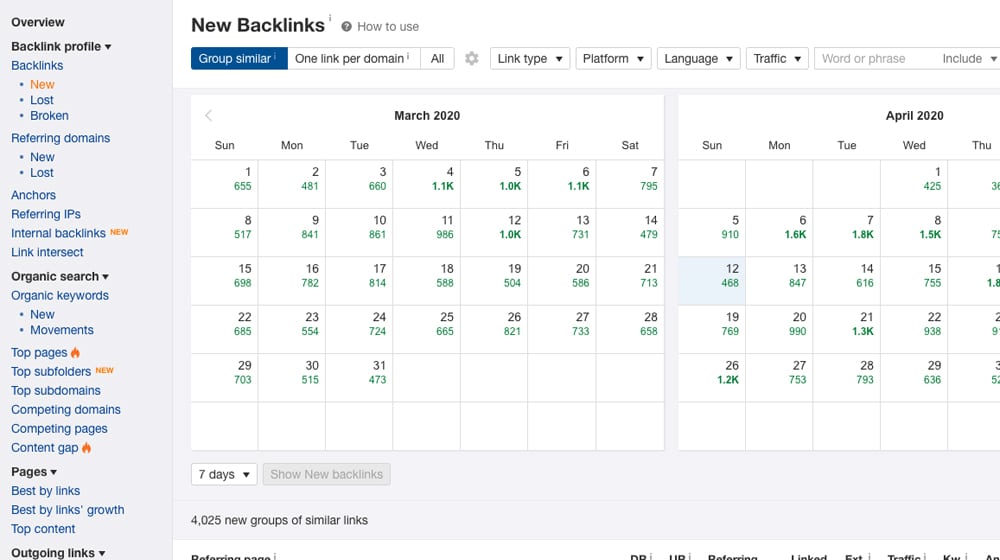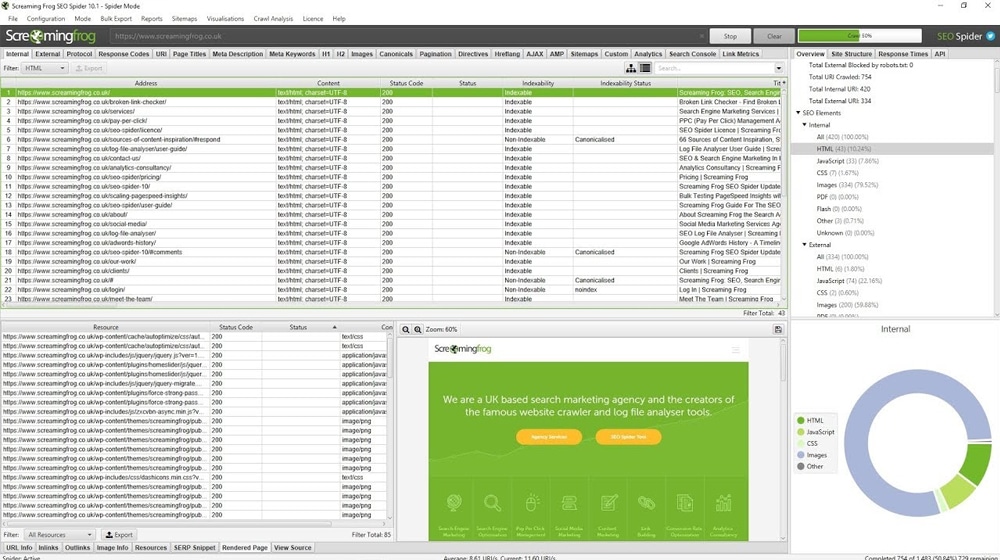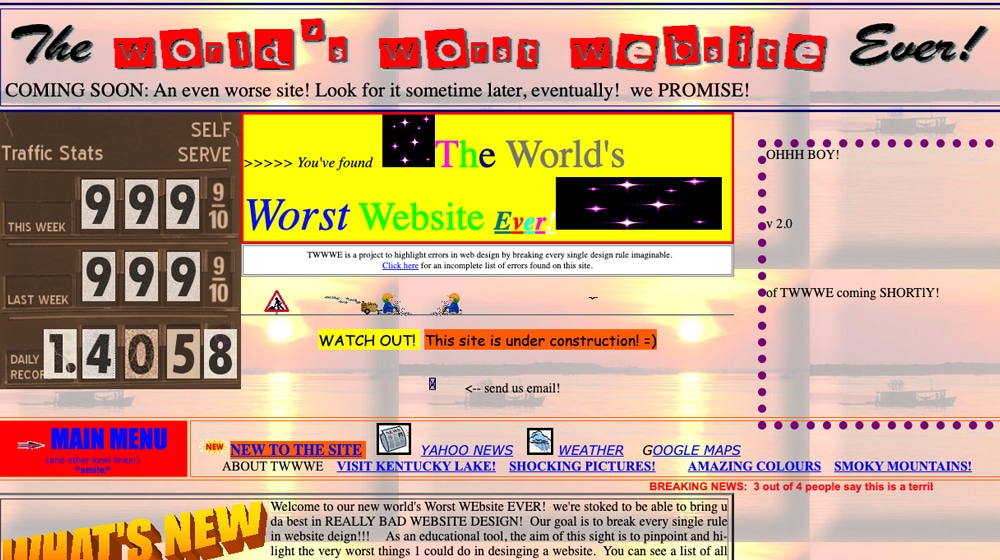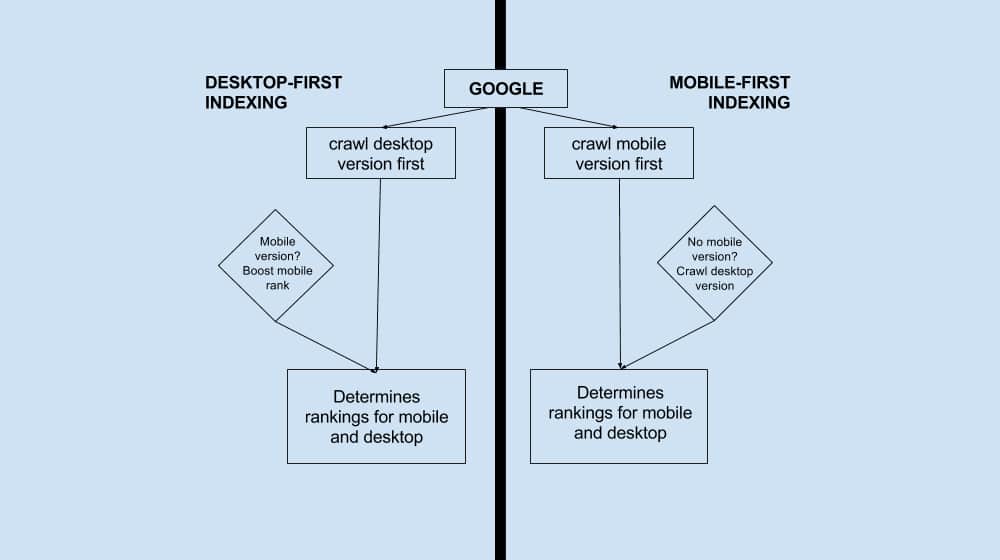Guide: Improving the SEO of an Old Outdated Website

There are millions, billions of websites on the internet, and they aren't all kept fresh and up to date. There are hundreds of thousands, if not millions of websites that have been long since abandoned. Some of them never had any real work put into them, but many more were thriving sites back in their heyday, and are simply relics of a past age.
To put things into a little less of a dramatic perspective, there are a ton of websites out there that have fallen out of date. With the speed the internet moves, the way search engines adapt and content standards change, it only takes a couple of years for old sites to fall out of favor.
Maybe you have one of these in your portfolio and you want to spruce it up, like a remodel on a house. Maybe you've bought one (or are interested in buying one) because it has a few aspects you find valuable.
So, how can you refurbish an old website and bring it up to code, so to speak? Here's my process.
Look at Analytics
The first thing you want to do is dig into your Google analytics on the site. You're specifically looking at data from the past few years, though looking as far back as you can is also a good idea.
Answer some questions about the site.
- How long ago was the site getting viable amounts of traffic? A site with recent traffic may be able to bring it back faster than a site that hasn't had a visitor since 2005.
- How sharp or gradual was the decline? A sharp decline in traffic indicates some major problems, such as a Google search penalty, a hacked site, or extended downtime that took the site offline.
- Are there any pages that still get traffic to any degree? The best-performing pages should be the top of the list to be refurbished, to start bringing that traffic back in ASAP.
Next, you want to look at your backlink profile. You can do a basic backlink audit in under an hour, and it will give you a good idea of how many links your site has, where they came from, and what pages on your site were attracting them.

Some things to watch out for here are a lot of links from spam sites or from sites that are part of a private blog network. A lot of old websites on the market are being sold because a PBN-based link technique was caught and penalized, and it was more work to refurbish the site than the owner figured it was worth. You may or may not want to do the legwork yourself, but you should at least be aware of the scope of any problems you might find.
Perform a Content Audit
Next, you want to go through the content that already exists on the site. The backlink profile and the analytics are part of that.
Go through all of the content on the site, preferably using a tool like Screaming Frog to pull data like page titles, permalinks, and SEO data about the pages into a spreadsheet.

Screaming Frog makes this a breeze:
- Any content that still has visitors, flag, and set aside.
- Any content that has decent quality or numerous backlinks, flag, and set aside.
- Any content that is obviously low quality and does not have anything going for it, flag for removal.
A lot of old sites spent money on low-level freelancers or content mills to populate their site, and a lot of that content will not stand the test of time. The only thing worth saving about this content is the keyword ideas, because you may be able to re-use it in future content later down the road.
This will leave you with the middle of the bell curve of content, all the stuff that is more or less just filler; the content that is fine when it's written and might be fine now but may have fallen by the wayside. It no longer has immediate relevance but it's not bad enough to immediately trash.

For each piece of content, make the determination. It will go into one of three buckets.
- The content that is fine on its own, and can be improved to function in a modern content marketing climate, with a little elbow grease.
- The content that has some good nuggets in it, but could stand to be combined with a few other posts on the site, or buffed up into a completely new post on the same topic.
- The content that just doesn't make the cut. It's too low quality or lacking in substance to improve, and the topics aren't relevant enough to save or refurbish.
The first bucket is content that you can work on over a period of time, and each incremental improvement you make will boost your site just that little bit. The second bucket is a way to rescue a few nuggets of gold in the sea of sand that is most old content online. The third bucket is an extension of the "flag for removal" content above; just not worth keeping.
Any immediate actions you can take are good. Don't forget to implement a redirect for content you remove, though, just in case any old links happen to still be floating around. The chances of a click on an old link like that are pretty slim, but they every visitor counts and the redirect helps.
Look Into On-Site Signs of Age
Digging into the actual content refurbishment is a job for later. For now, there are a lot more little details to look at before you get your site fully refurbished. You'll want to look over your site for anything that shows that it's not an up to date site.

Here's a list of ideas, but it's far from exhaustive.
- Check the copyright date in your footer and make sure it's updated to the current year.
- Check your About page and remove out of date information. This may involve a complete rewrite of the website changed hands.
- Check NAP (Name/Address/Phone) and other contact information and make sure it's up to date.
- Look for missing or duplicate page titles, meta information, and tagging. Fix issues when necessary.
- Look for page titles and descriptions that are now too long or too short to meet Google's modern standards.
- Check for canonicalization; this wasn't always an important factor, but now it's worth adding to every page.
- Check for any bot blocking or other strange additions to your robots.txt and .htaccess files.
- Look for out of date social media integration, like Google Plus or Stumble Upon, and remove it. Chances are, you will probably need to update any social media plugins you're using as well.
- Remove any ads, for the moment. You can always add your advertising back later, but for now, the shifts in the site can do weird things to your ads account. Alternatively, if the ad integration is still under the previous owner's name, you don't want to start paying them for your work.
There are a lot of these little details you'll want to go through. In the most extreme cases, you'll have custom elements of your site made in something like Flash or outdated HTML that will need to be removed, remade, or replaced.
We create blog content that converts - not just for ourselves, but for our clients, too.
We pick blog topics like hedge funds pick stocks. Then, we create articles that are 10x better to earn the top spot.
Content marketing has two ingredients - content and marketing. We've earned our black belts in both.
Check Technical Details
Now you want to start digging into some of the more technical aspects of the site.
Start by looking into the site infrastructure. On a WordPress-based site, for example, you'll want to check to see if you have an up to date theme with mobile compatibility. You may need to update WordPress itself, which can be a pretty dramatic change. You'll also want to update all of the plugins you use.
Mobile compatibility is a huge one, by the way. The internet is increasingly accessed via mobile devices, and Google even shifted such that a mobile version will display first given the opportunity. You really need mobile compatibility for a site to be considered modern.

Speaking of plugins, audit them too. Any plugin that hasn't been updated by the developer in over a year may be a liability. Any plugin that you don't think you would be using can be removed. You may be able to pare your plugin list down to just a few; a social sharing plugin, an SEO plugin, some tweak plugins like a table of contents, and so on.
You can also consider updating your theme as a whole. WordPress themes have evolved a lot over the years, and modern site design is a different beast than it was even just a few years ago.
All of this assumed WordPress, but the same details apply to other site structures as well. Anything that's not hosted and managed by a third party will probably need updating.
You can consider a rebranding here. Changing the site name defeats the purpose of refurbishing the site, but you can change things like a logo, color scheme, and layout without too many repercussions. Breathing new life into your website will also help you feel more invested in it and less likely to abandon it again.
I like to use this opportunity to check on your site load times as well. Site speed is a huge factor in both SEO and user experience, so having a fast loading site is important. I'm not saying you need to dive head-first into a new architecture like the Genesis Framework, but you can take steps to improve site speed. This might involve changing web hosts, implementing a CDN, or just removing out of date content plugins you don't need.
Work on Your Content
Once you have the technical details in order, it's time to get that content going. Start with the posts you flagged as still having lingering value. Buff these up and turn them into shining examples of the kinds of new content you're going to be putting out.
When you're editing and improving old content, don't be afraid to do a near-total rewrite to make sure the post is in your voice. Also make sure to check links in the posts and update them to new resources. Remove internal links for now, until you have fresh new content to point them to.
Don't forget to look at your metadata as well. Everything from image alt text to your page's title and description is important, and refurbishing them will help a lot with search engine visibility.

Once your easy, valuable content has been refurbished, I like to start a campaign that mixes up refurbishing posts and creating new posts. With refurbishing the older content, start from the bottom up; if you improve the worst content on your site, you no longer having it drag you down.
At the same time, creating new content is the best way to get Google crawling your site actively. If there's new content every time they check, they'll come back more often and pay more attention. This helps you build up influence and traffic more quickly.
This is also when you should consider getting a sitemap plugin up and running, and submit a sitemap to Google. This is a big indicator they use when a site has changed, so they can find everything that's new, and it's a good way to boost your initial recognition.
Promote Your Site
Once you've got the basics refurbished and you're down to content, it's time to start up some promotion. Take it to social media, get some paid advertising going even if it's just a little, and start creating things that people want to see.
That last part is critical. Focus some of your initial creative push on new link-bait content. Infographics, free tools, a beefy free ebook; these kinds of posts draw in users, who will check out the rest of your site to figure out whether they should trust you.
You can promote this link-bait content by reaching out to other bloggers, content aggregators, and site owners. Even something as simple as "hey, I wrote this ebook on [subject] and thought you might be interested in a copy, it's free!" can get a site owner writing about the book and linking to it. Infographics are easy to share and promote. Tools are great because they make top lists and can serve an active role for other bloggers.
All of it draws in links and traffic, which are the two things you need to succeed online these days. From here, it's all about maintaining a consistent content schedule. Create more content, publish more blog posts, eventually add advertising or some other form of monetization, and be patient while your site grows.






September 03, 2020
This article is very informative. Thank you for sharing this. I just have a quick question though, I have a website that was created back in 2007 and I wasn't able to update it until now. Do you think I can still use the blogs that I have on there to drive traffic or it is best to just remove it?
September 03, 2020
Hi J!
What you need to do is a complete content audit. It's sort of a pain and is time-consuming, but here are the things you'll want to check:
You can organize all of this into an excel spreadsheet. The posts that have a word count below 1000 should, in my opinion, either be:
Feel free to reach out to me if you have any questions on this, I'm happy to help!
December 09, 2020
Will it be easier and more practical if I just create a new one? Thoughts?
December 11, 2020
Hi Terry! It greatly depends on your content management system, the size of your site, whether or not it's an eCommerce site and the scope of your planned changes.
If it's a simple WordPress site, you can probably get away with creating a new theme and swapping out your old theme with the new theme.
Your pages and database will stay the same, and the look and feel of your site will change.
If you have a custom site and want to completely change your entire site and the content on your pages, it's going to be pretty hard to avoid creating a brand new site.
June 10, 2021
Hey James. Do we have any app that we can use to help with site speed?
June 11, 2021
Hey George!
We've written a few guides on how to speed up WordPress, check them out!
https://www.contentpowered.com/blog/wordpress-slow-response-time/
https://www.contentpowered.com/blog/speed-drag-drop-wordpress/
https://www.contentpowered.com/blog/lot-wordpress-plugins-slow/